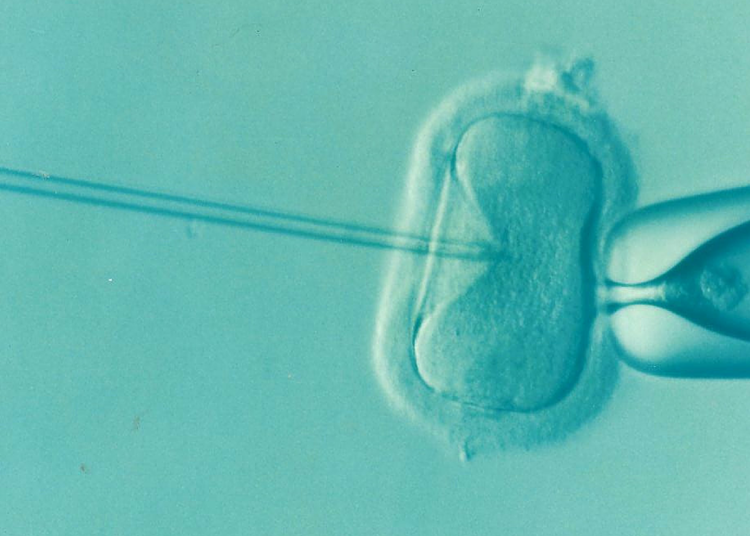Last updated on January 28th, 2020 at 01:35 pm
A new research paper published at Human Reproduction in late December has many alarmed.
The paper summarizes research done on a new method of “flushing” embryos out of women’s uteruses. The experiment was carried out on a group of 81 women in Punta Mita, Mexico, who were compensated $1,400 to have their ovaries hyperstimulated, then receive artificial insemination, and finally to have the embryos flushed out of their wombs using a new technology called “uterine lavage.” A total of 136 embryos were obtained, while those that were somehow left in the womb after lavage were aborted.
Many media sources have denounced the research, calling it unethical. Over at NPR, University of Chicago bioethicist Laurie Zoloth says, “What this essentially does is use a woman’s body as a petri dish. . . . And there’s something about that that seems so profoundly disturbing.” At National Review, Wesley J. Smith writes, “The idea here is to create a new method for the fertility industry, in which women will be paid to mass produce embryos within their bodies — surrogate conception, let’s call it — which will then be flushed out in the lab. . . . Big Fertility is fast becoming a moral hazard.”
What specifically are the concerns? Well, firstly, the procedure of ovarian hyperstimulation can have some pretty horrible risks associated with it. Then, the embryos—living human beings—were flushed out of their bodies for the sake of research, to find out if they were healthier than those produced via ordinary IVF. Some have been implanted already, but most were frozen for use by other couples—hence depriving them of a biological mother and father. Finally, the embryos that weren’t successfully flushed out were surgically or chemically aborted. All of these are areas of significant disagreement among bioethicists.
The influence of “big fertility” to this research becomes clear when one takes a look at the “study funding/competing interests” section of the paper. “Previvo Genetics, Inc., is the sole sponsor for the Punta Mita, Mexico, clinical study,” the paper says. A look at Previvo’s website reveals that they are the ones who hold the patent for “uterine lavage,” which is a relatively new technology aided by a device that Previvo markets as its specialty. “We believe that fertility treatment is a fundamental choice and we want to empower women and couples with an option in assisted reproductive technology,” the website reads. “The Previvo Uterine Lavage System is a medical device to collect naturally fertilized embryos without having to undergo general anesthesia and the invasiveness of IVF for otherwise fertile couples.”
In other words, this particular method has the potential to be cheaper and easier than ‘traditional’ IVF. Given that the fertility industry is estimated by some to be worth a whopping $15.4 billion by 2023, any technology which will appeal to even more couples is bound to be immensely valuable to those with a stake in this industry. At the bottom of the Previvo website is the statement, “The System is not yet for sale in the US. Currently, the System is Investigational Use Only in the US.”
And here is where we enter Mexico—where Previvo is all too happy to pay poor Mexican women a pittance to use their bodies, quite literally, as petri dishes, and then to abort any embryos—human beings—that somehow remain. This isn’t the first time that the fertility industry has used the bodies of poor women from Central America for research. In The Birth of the Pill, journalist Jonathan Eig documents how Margaret Sanger, Gregory Pincus, and the team responsible for the creation of the original birth control pill had to go to Puerto Rico to find subjects for their experiments. American women wouldn’t tolerate the pill’s side effects, and were found to be unreliable subjects.
The continued verbiage in the “funding/competing interests” section of this paper should give anyone pause. From holding stock in Previvo, to being on its board of directors, to consulting for other genomics or fertility companies, the paper’s authors clearly have a strong financial stake in the outcomes of this research.
And just as clearly, they see nothing wrong with exploiting the bodies of poor, minority women for the potential of massive financial gain.




















Discussion about this post